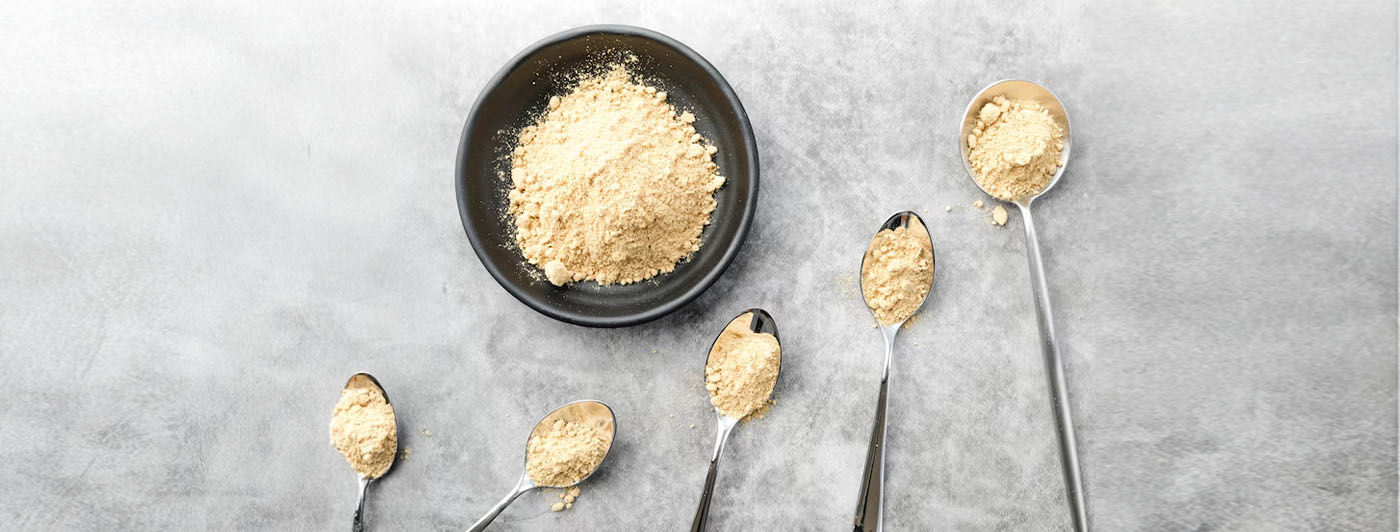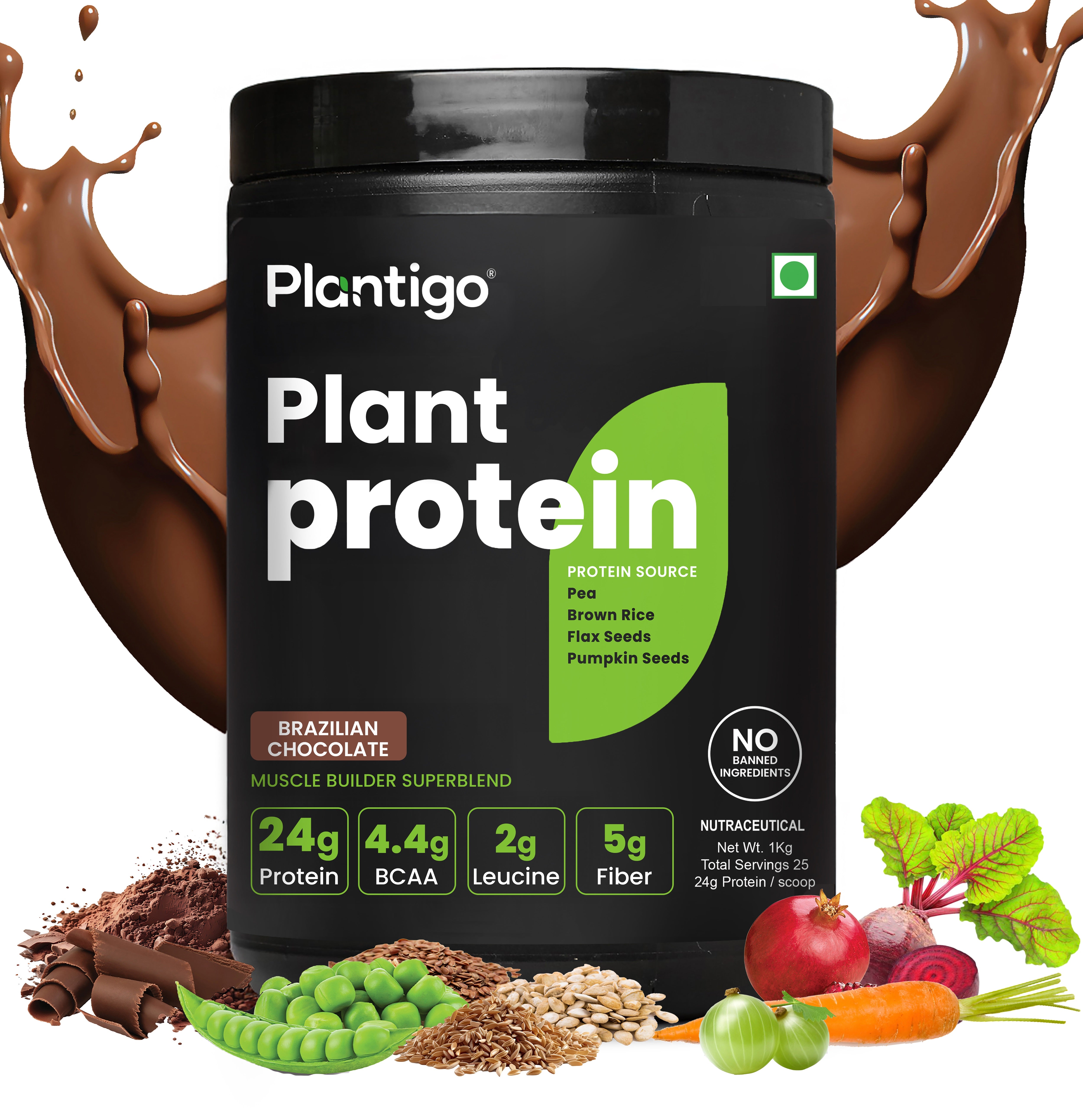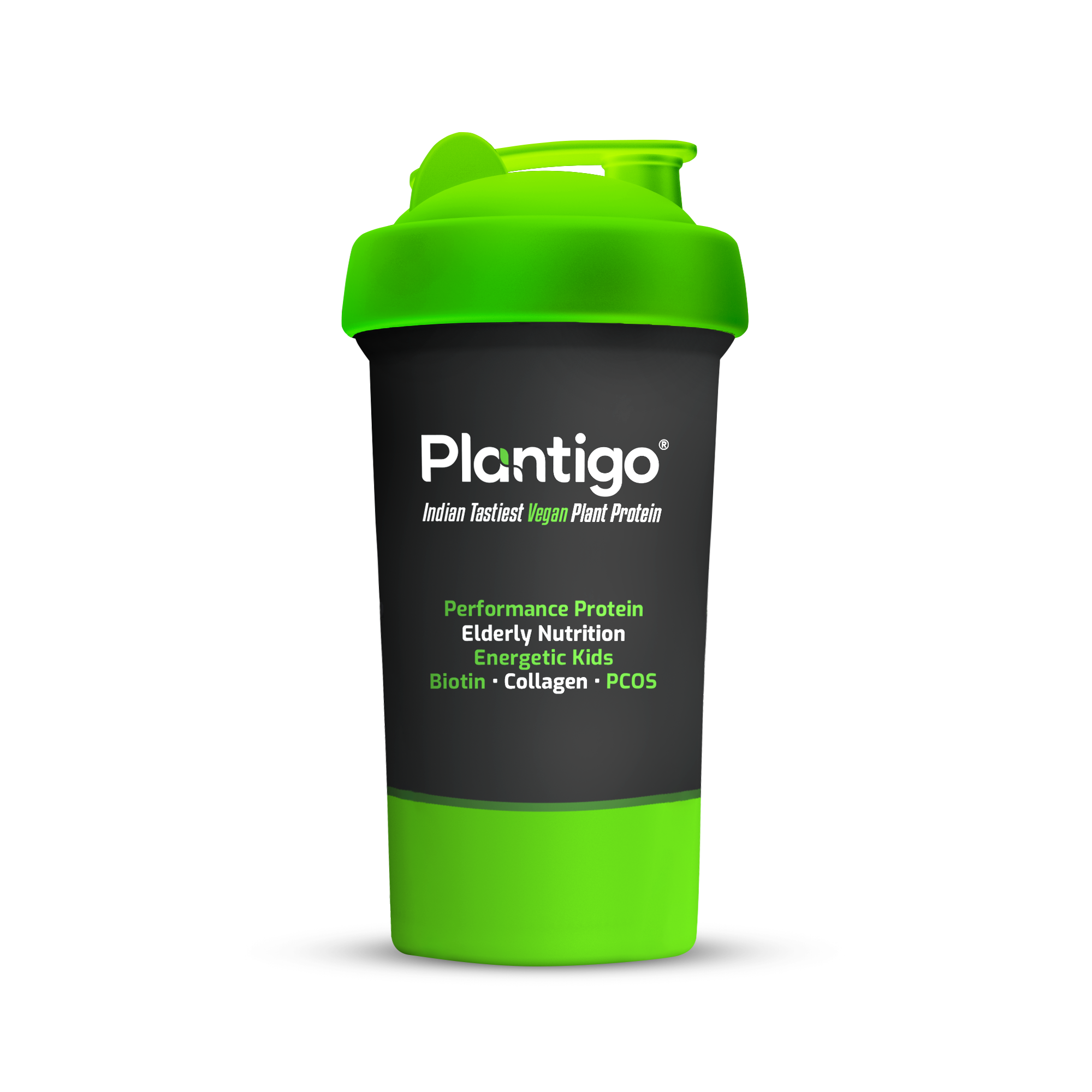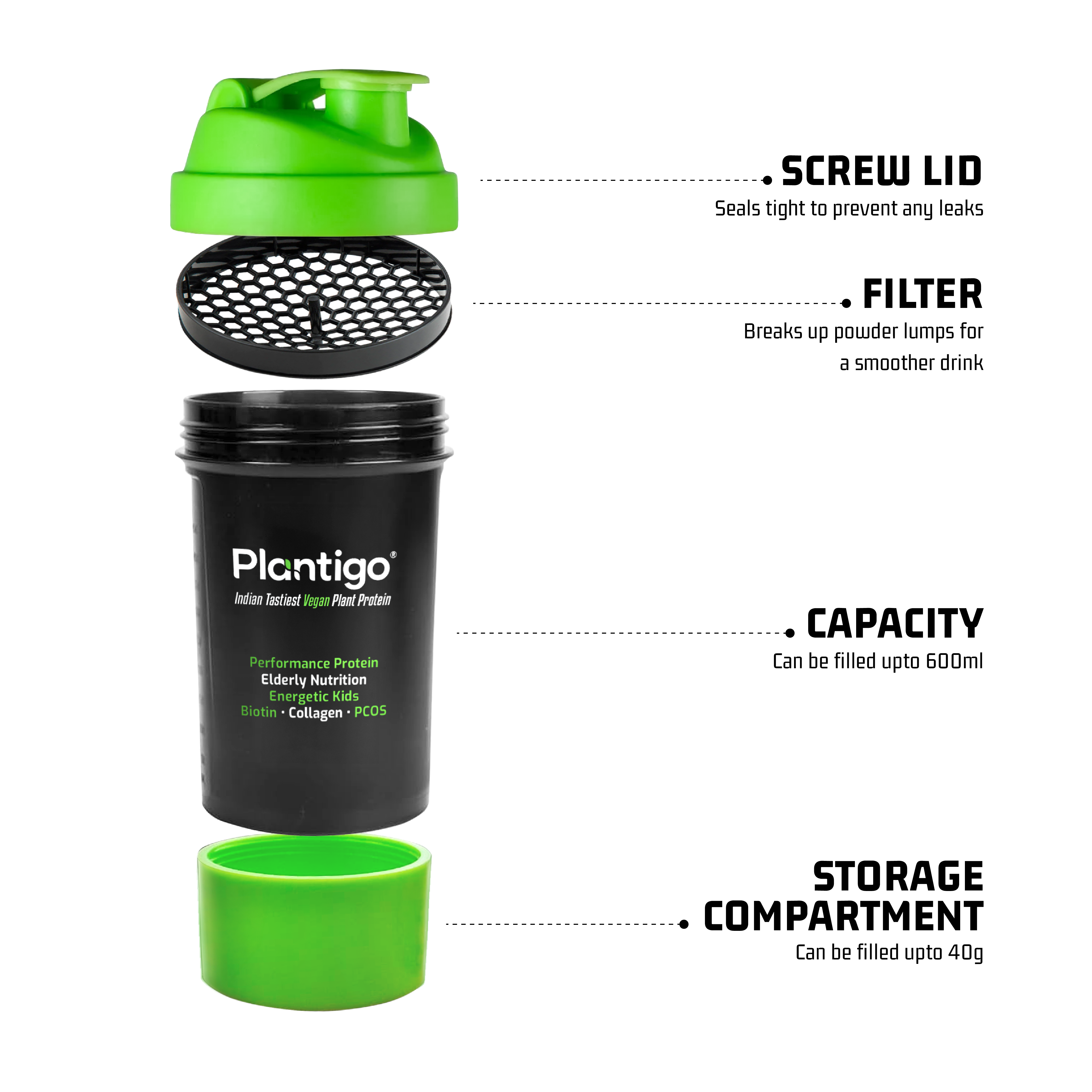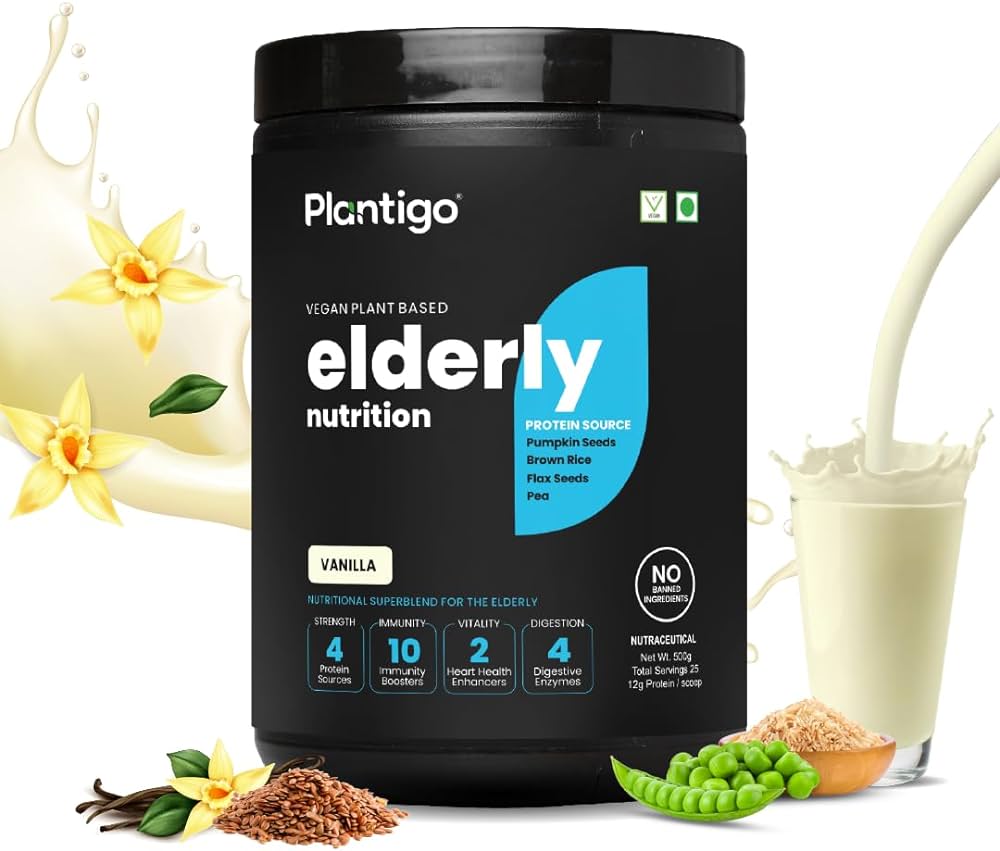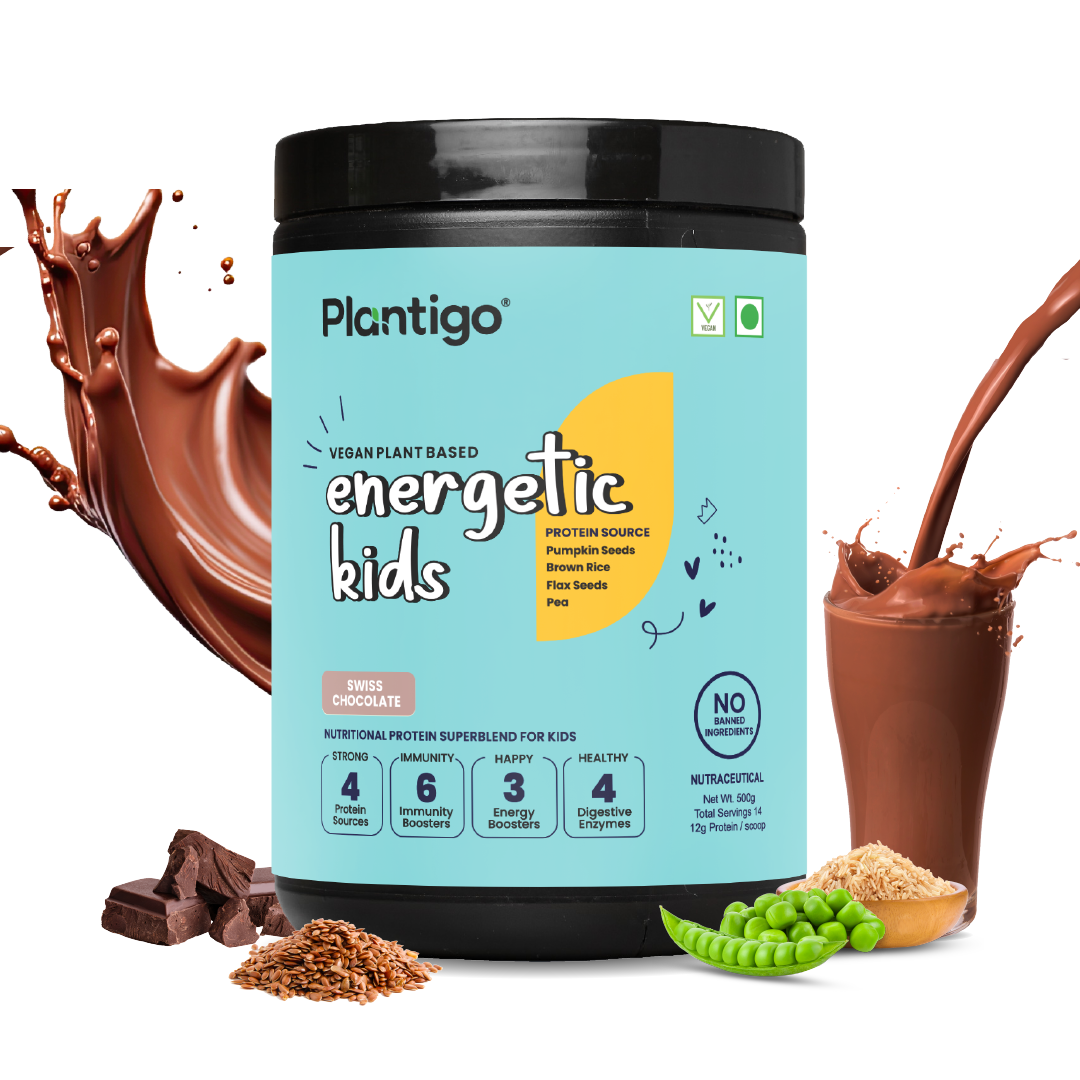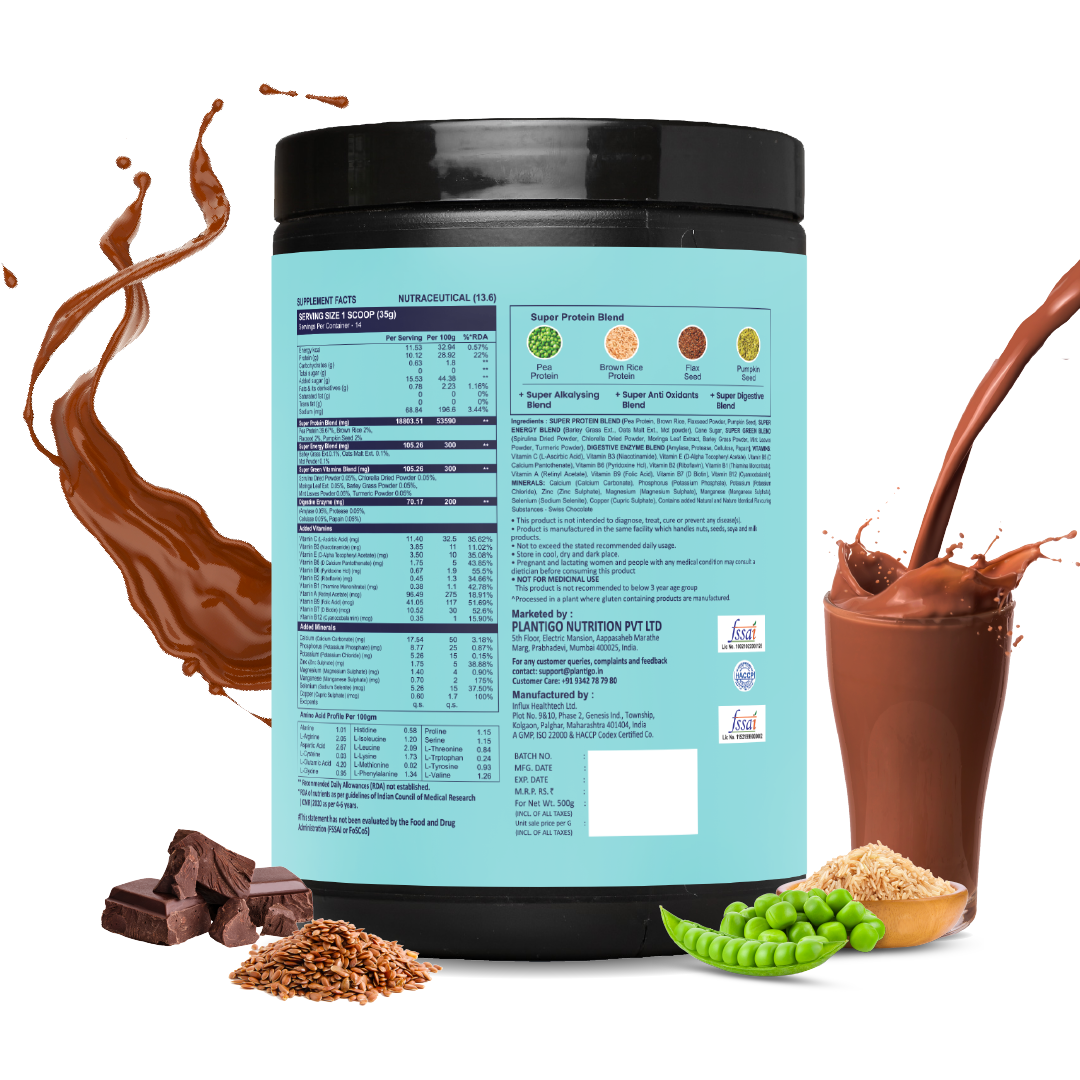Confused at the protein aisle? You’re not alone.
With shelves packed with whey, plant-based, isolate, concentrate, and blends — choosing the right protein powder can feel like decoding a secret language. In today’s health-conscious world, protein powders have gone from being bodybuilder staples to household nutrition essentials. But with this popularity comes confusion — especially for someone just getting started.
“How to choose the right protein powder for beginners” is one of the most commonly asked questions in fitness and nutrition forums. And rightly so.
Protein is not just about muscle. It plays a critical role in every cell of the body — from enzymes and hormones to immune function and tissue repair. For those new to fitness or dietary improvements, choosing the wrong supplement can lead to wasted money, digestive issues, or nutritional imbalances.
Understanding the science, therefore, is your best starting point.
Why Protein Is Essential for Beginners
When you work out — whether resistance training or cardio — you’re creating micro-tears in your muscle fibers. The body needs amino acids (building blocks of protein) to repair these tears, making your muscles stronger and more resilient. For beginners starting on a gym schedule for weight loss, protein is equally important. It helps retain lean muscle mass, improves satiety (reducing overeating), and supports metabolic activity — all crucial when you're in a calorie deficit.
The Recommended Dietary Allowance (RDA) for protein is about 0.8 grams per kilogram of body weight for sedentary adults. But beginners who are exercising or changing dietary patterns need more — around 1.2 to 2.0 grams/kg, depending on intensity and goals. That’s where protein powder for beginners becomes a practical tool — it bridges the gap between what we need and what we eat.
Protein Absorption and Bioavailability
One of the biggest mistakes beginners make is assuming all protein is equal. It’s not.
Biological Value (BV), Protein Digestibility Corrected Amino Acid Score (PDCAAS), and Digestible Indispensable Amino Acid Score (DIAAS) are scientific metrics used to assess how efficiently our body uses the protein we consume. For example:
-
Whey Protein: High PDCAAS (~1.0) and fast digestibility.
-
Plant Protein (like pea, rice, or hemp): Slightly lower PDCAAS (~0.85–0.95), but when blended, they can achieve similar completeness.
So, when choosing a protein powder for beginners, it's not just the protein content per serving that matters, but also how well your body can absorb and use it.
Types of Protein Powders and Their Scientific Basis
Let’s delve into the most popular types available in the market:
1. Plant Based Protein Powders
This includes pea, rice, hemp, pumpkin seed, and blends. Individually, some may lack one or two essential amino acids (e.g., rice is low in lysine), but in combination, they can offer a complete amino acid profile. For those seeking digestive comfort and sustainability, a plant based protein powder is a scientifically sound and inclusive choice.
2. Whey Protein
Whey is derived from the liquid left after milk curdles. It contains all nine essential amino acids and is rapidly absorbed, making it effective post-exercise. However, it’s not suitable for those with lactose intolerance or dairy allergies.
3. Casein Protein
Another milk derivative, but with a slow absorption rate. Casein forms a gel in the stomach, releasing amino acids over time. Good for overnight repair, but not ideal as a quick meal replacement.

What to Look for in a Protein Powder for Beginners
A. Protein Source and Amino Acid Profile
Look for a product that contains a complete amino acid spectrum. If you're using plant-based powders, prefer blends (e.g., pea + rice). The protein powder for beginners should contain at least 20 grams of protein per serving with 3 grams or more of leucine — the amino acid most critical for muscle protein synthesis.
B. Additives and Fillers
Ingredients like maltodextrin, artificial sweeteners, and gums may cause digestive distress or insulin spikes. Maltodextrin, although derived from natural sources like corn or rice, has a glycemic index higher than glucose, which can spike blood sugar — especially counterproductive when in a calorie deficit.
C. Digestive Enzymes and Gut Health
Choose powders with added enzymes (e.g., protease, amylase) if you have a sensitive gut. Also, fiber-rich options or blends with fiber foods like flaxseed or psyllium husk support smoother digestion and long-term gut health.
Personalization Is Key
There’s no one-size-fits-all. Here’s how to align your choice with your body type and goals:
1. For Weight Loss Goals
Choose a protein powder for beginners that is low in carbohydrates and fats, ideally under 130 calories per serving. This helps support a calorie deficit while preserving lean muscle mass. Pair it with a structured gym schedule for weight loss to optimize fat loss and maintain metabolism.
2. For Muscle Gain
If you're aiming to build muscle, go for slightly higher-calorie blends offering 25–30g of protein per serving, with moderate amounts of carbs and healthy fats. Whey isolate or high-leucine plant protein blends are ideal here. The right protein powder for beginners in this category will provide both fuel and recovery support.
3. For General Wellness
Select a balanced powder with additional micronutrients. If you follow a plant-based lifestyle, ensure your protein includes B12 rich foods and vitamin D foods, both commonly lacking in vegan diets.
Vegan Protein – A Clean Alternative
Many beginners explore vegan protein options due to ethical reasons, lactose intolerance, or gut sensitivity. Scientific studies show that plant based protein powder can be just as effective as whey when consumed in appropriate amounts and amino acid combinations.
A 2019 study concluded that pea protein promoted muscle gains comparable to whey in a 12-week resistance training program. So if you're plant-curious or seeking a dairy-free protein powder for beginners, science firmly supports your choice.
Practical Tips to Use Protein Powder Effectively
Here’s how to incorporate protein powder for beginners into your daily diet smartly:
-
Post-Workout Recovery: Within 30 minutes of training, consume 20–25g protein with a fast-acting carb like a banana to replenish glycogen and support muscle repair.
-
Meal Replacement: Blend your protein powder with oats, berries, peanut butter, and plant milk for a nutrient-dense smoothie that provides a good balance of macronutrients and keeps you full for longer.
-
Protein Porridge: Stir your powder into morning oatmeal and top with chopped nuts or a dollop of peanut butter. This is a great way to combine complex carbs, quality protein, and fiber foods.
-
On-the-Go Snack: Make protein balls using dates, nuts, peanut flour or butter, and protein powder — perfect for quick, energy-boosting bites between meals or before workouts.
Whole Foods Still Reign Supreme
Supplements don’t replace whole food. While a protein powder for beginners is a convenient way to meet daily protein needs, it should complement — not substitute — a nutrient-dense diet. Prioritize protein-rich whole foods such as lentils, chickpeas, tempeh, and quinoa. Pair these with vitamin D foods like mushrooms and fortified beverages, along with B12 rich foods such as nutritional yeast or fortified cereals.
This balanced approach allows you to benefit from not just amino acids but also phytonutrients, antioxidants, and essential fibers that powders alone can’t offer.
Final Thoughts
Choosing the right protein powder for beginners is a process that requires understanding your body, your dietary habits, and your goals. For someone new to fitness or nutrition, starting simple — with a clean-label product, ideally plant protein based — is a smart and science-backed strategy.
Don’t fall into the trap of “more is better.” Instead, prioritize quality, digestibility, and sustainability. Whether you’re training to tone up, drop fat, or build strength, protein will be a foundational ally in your journey. Equip yourself with knowledge, read your labels, and experiment with what works best for you.
Your protein powder should work with your lifestyle — not complicate it. When chosen right, it becomes an effortless part of your routine, supporting your goals, day by day.

